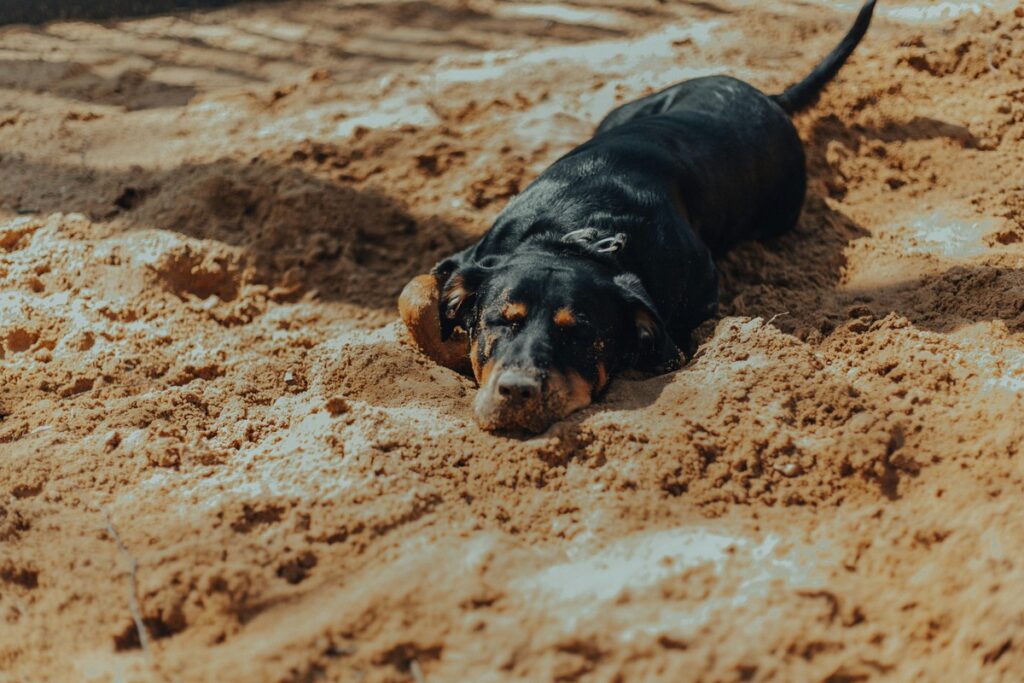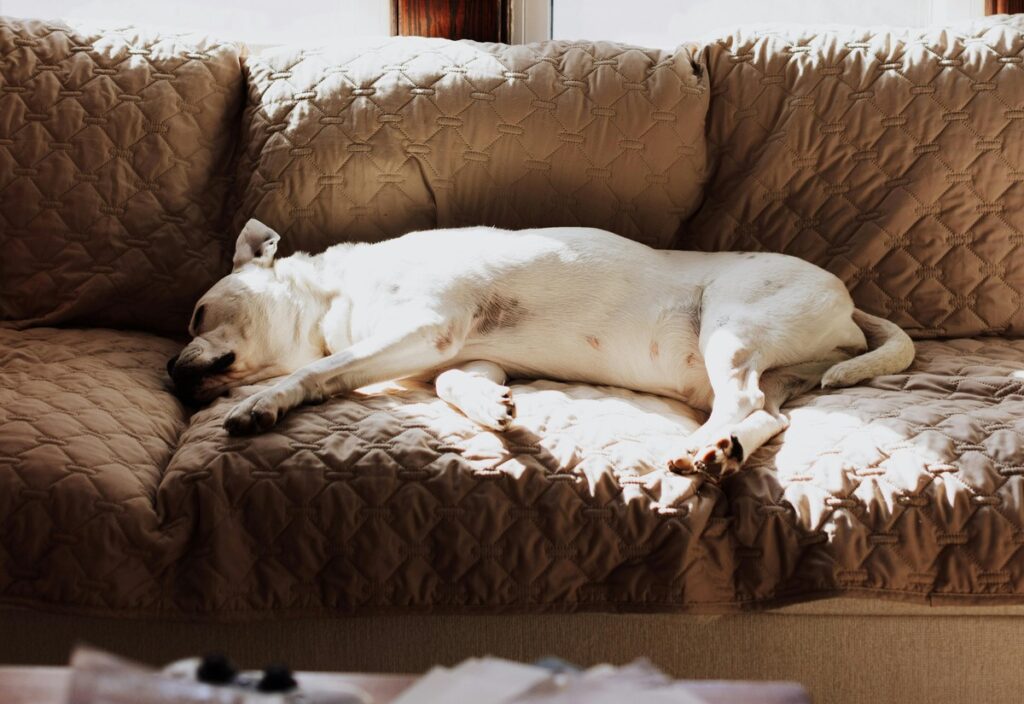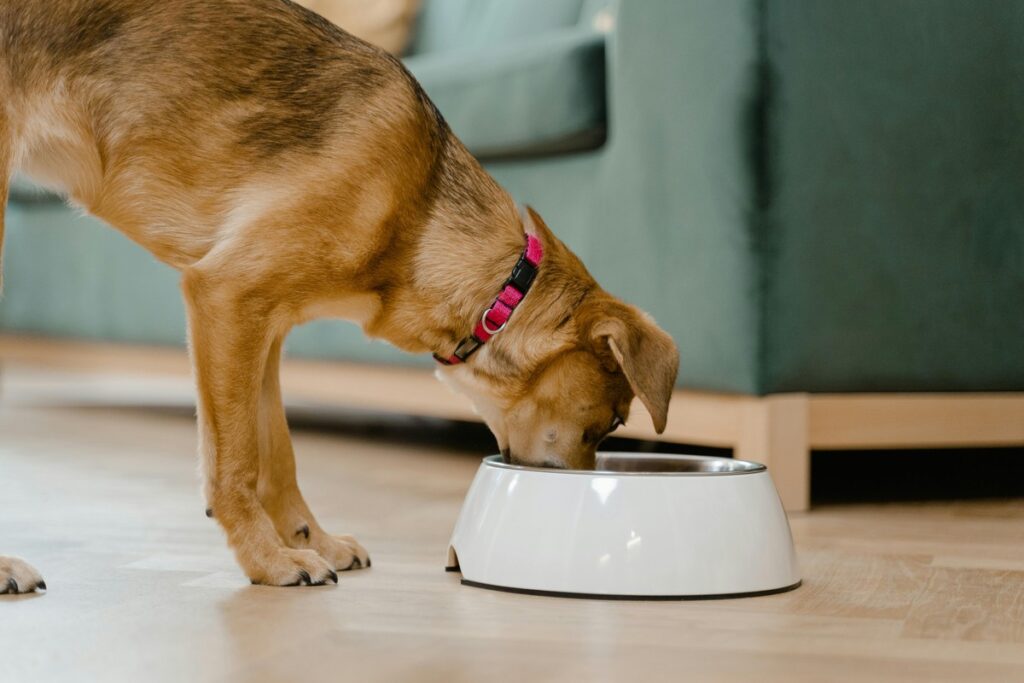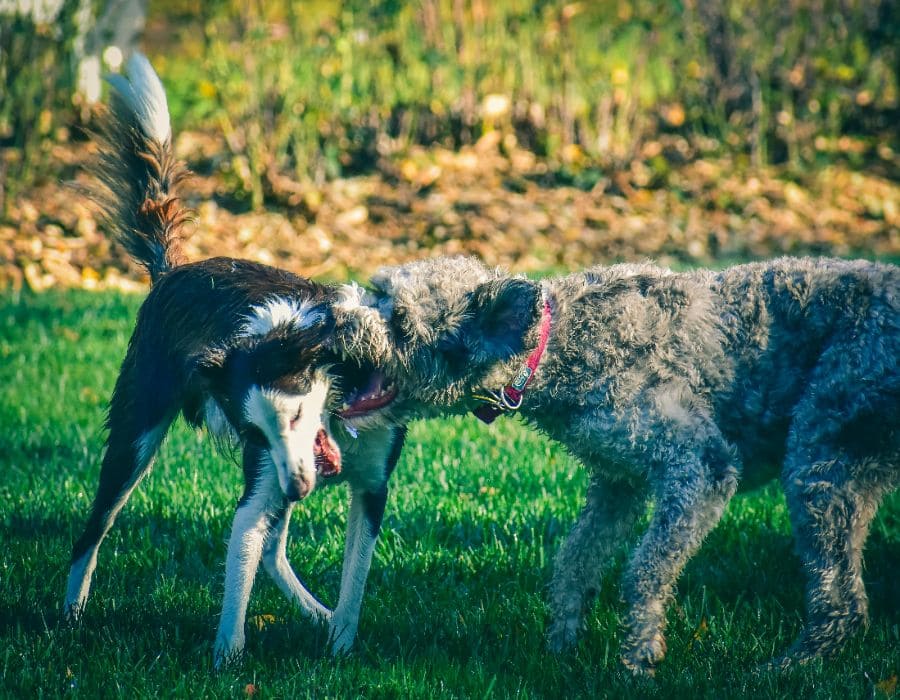Reasons Why Dogs Are More Damaging Than Cats
While both dogs and cats are beloved pets, their behaviors, needs, and potential for causing damage in the home can vary significantly. Many pet owners will argue that dogs are far more likely to cause damage than cats due to their unique characteristics, behaviors, and physical attributes. Here are several reasons why dogs are more damaging than cats, highlighting their physical strength, behavior, and impact on the household environment.
1. Destructive Chewing and Biting

One of the most common issues dog owners face is destructive chewing. Dogs, especially puppies, have a natural instinct to chew on things to explore their environment, alleviate teething pain, or release pent-up energy. This behavior often leads to damaged furniture, shoes, electrical cords, or even the corners of walls. While cats can occasionally scratch or nibble on furniture, their chewing behavior is generally less destructive compared to dogs, particularly when they are left alone for long periods.
2. Excessive Barking and Noise

Dogs, especially certain breeds, are notorious for their excessive barking. This behavior can be highly disruptive to the household and the neighbors, especially in apartment settings. Constant barking can damage relationships with neighbors, disrupt the peaceful environment at home, and cause stress for the dog. On the other hand, cats are generally quieter and much less likely to engage in noise-related behaviors. Their vocalizations are limited to meowing, purring, or the occasional hiss, which is far less frequent than a dog’s barking.
3. Digging and Trenching

Certain breeds of dogs, particularly terriers, are known for their digging tendencies. Whether it’s digging in the yard, at the door, or even in the couch cushions, this behavior can cause significant damage to gardens, landscaping, and furniture. Digging can also lead to escape attempts if a dog is left in an enclosed yard, potentially leading to further damage or danger. While cats may scratch furniture, their instinct to dig is not nearly as widespread or damaging as that of dogs.
4. Larger Physical Size and Strength

Dogs come in a wide range of sizes, but larger breeds can cause substantial damage simply due to their physical strength. Whether it’s knocking over furniture, breaking windows, or pushing through barriers, large dogs can inadvertently damage the home environment. Additionally, large dogs require more space to move around, which may result in damage to walls, floors, or personal items. Cats, by comparison, are smaller and generally much more delicate in their movements, making them less likely to cause significant physical damage to the house.
5. Potty Accidents and House Training Issues

While cats are naturally inclined to use litter boxes, many dogs require extensive training to become fully housebroken. Even after training, dogs may still have accidents in the house due to stress, excitement, or health issues. These accidents can lead to damaged flooring, odor problems, and the need for expensive cleaning or replacement of carpets and upholstery. Cats, in contrast, instinctively use their litter boxes, and issues like accidents are far less common.
6. Clawing and Scratching

While both cats and dogs can scratch, the behavior of scratching is more pronounced in cats, especially when they are marking their territory or sharpening their claws. However, in terms of damage, dogs tend to be more destructive in terms of physical strength. Large dogs can scratch doors, windows, and furniture in their efforts to get outside or get attention. The damage caused by claws can also lead to scratches and tears in upholstery, which, when combined with a dog’s chewing and digging habits, results in more visible and lasting damage to furniture and other household items.
7. Hyperactive Behavior and Energy Levels

Dogs, especially those with high energy levels, require regular exercise and stimulation to stay calm and content. When they don’t get enough physical activity, they can become hyperactive, leading to destructive behaviors like chewing, digging, and even jumping on furniture. A hyperactive dog can cause significant damage to the home environment by knocking things over, tearing items apart, or even breaking windows while trying to escape boredom. While cats may occasionally play rough or climb on things, their energy levels are typically more manageable, and they tend to cause less damage when they do play.
8. Separation Anxiety

Dogs are more prone to separation anxiety than cats. When left alone, dogs with separation anxiety may engage in destructive behaviors like chewing on furniture, scratching doors, or howling. These behaviors are not only stressful for the dog but can also lead to damage to doors, walls, and other parts of the home. While cats can sometimes experience separation anxiety, it is far less common, and they are generally more independent when left alone for longer periods.
9. Feeding and Feeding Habits

Dogs tend to be more food-driven than cats, which can lead to problems such as food aggression, stealing food, and getting into garbage. Dogs may destroy food containers, chew through bags, or damage kitchen cabinets while trying to reach food. Their strong sense of smell and determination can lead to significant messes and damage. Cats, while they may be picky eaters, are less likely to engage in these behaviors to the same extent as dogs.
10. Less Control in Public Spaces

When dogs are taken to public spaces like parks or beaches, their lack of control can lead to incidents where they damage property or other animals. Uncontrolled dogs can jump on people, knock over objects, or dig holes in the sand. Some dogs also exhibit territorial behavior, which can lead to fights with other dogs. Cats, on the other hand, are less likely to engage in this type of behavior when outside, as they tend to be more solitary and cautious.
Conclusion

While both dogs and cats bring immense joy and companionship to their owners, dogs, particularly certain breeds, are more prone to causing damage in the home due to their physical strength, energy levels, and behavior patterns. From destructive chewing to separation anxiety and digging, dogs can inadvertently cause a lot of wear and tear on your furniture, home, and belongings. However, this doesn’t diminish their value as pets. With proper training, supervision, and outlets for their energy, many of these behaviors can be managed, allowing both dogs and their owners to live harmoniously without too much damage.







